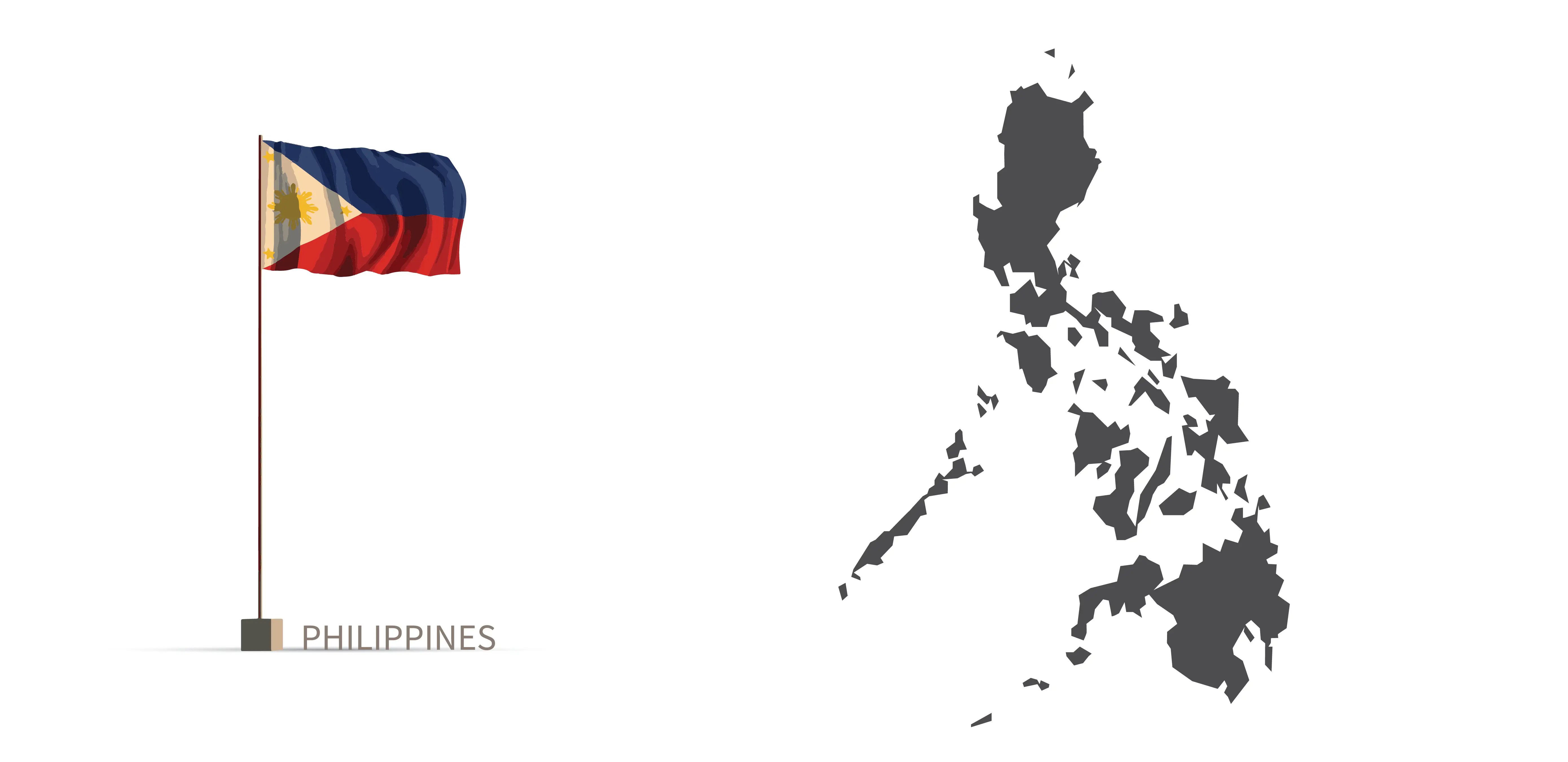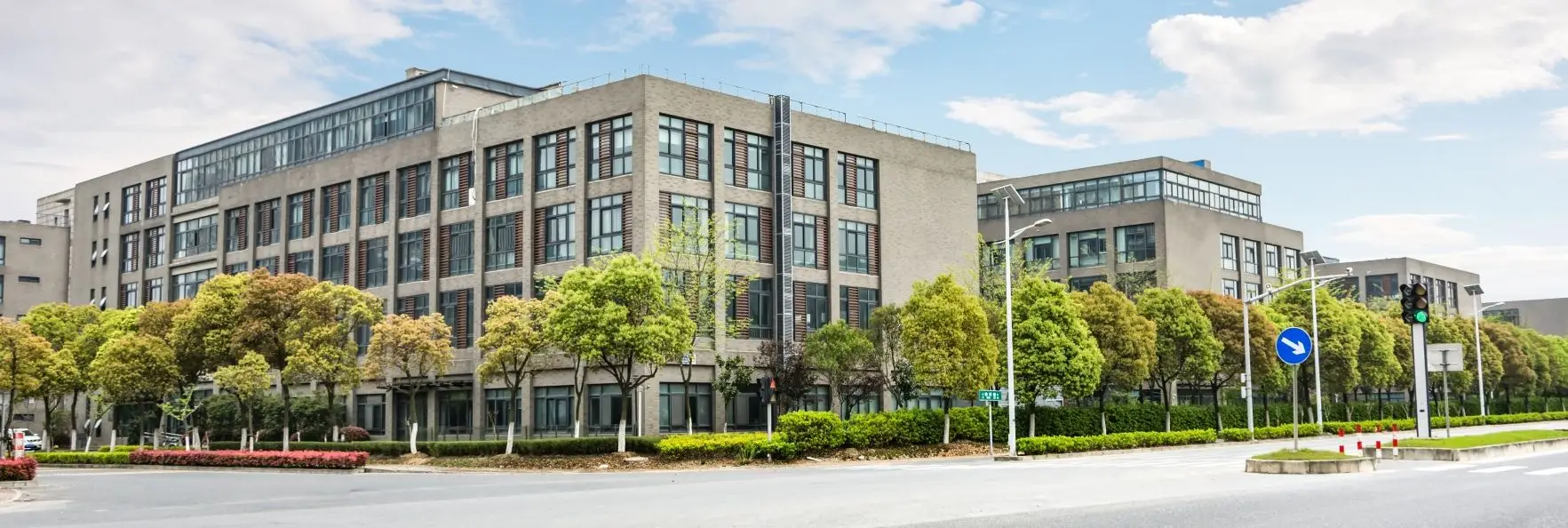ABOUT PHILIPPINES
The Philippines is an archipelagic nation in Southeast Asia, offering a unique blend of urban and natural environments. Known for its tropical climate, stunning beaches, and diverse cultural landscape, the Philippines has emerged as an increasingly popular destination for international students. Here are some key aspects of the Philippines:

History and Cultural Mix: The Philippines boasts a rich cultural heritage stemming from Malay, American, Spanish, and Islamic influences. Festivals and traditional practices celebrate the country's varied ethnic backgrounds.
Natural Beauty: From crystal blue lagoons to verdant forests and majestic mountain ranges, the Philippines features a wealth of scenic wonders.
Higher Education System: The Philippines hosts nearly 2,300 higher education institutions, including both public and private universities. The country's universities offer a wide range of degree programs, often taught in English.
Cost of Living and Tuition Fees: Compared to other developed nations, the cost of living and tuition fees in the Philippines are relatively low. Public universities charge approximately $1,000 per
year, while private institutions typically charge between $1,200 and $2,500 annually.
Student Population: Over 26,000 international students attend universities in the Philippines each year, primarily from neighboring Asian countries.
Climate: The Philippines experiences a tropical climate characterized by hot summers and mild winters. Rainfall varies significantly among regions, with the eastern Visayas receiving the highest amounts.
Application Process: Applicants must submit an academic transcript relevant to their level of study, along with any required letters of recommendation and examination scores. Proof of English proficiency is necessary for non-native speakers.
Visa Requirements: International students require a student visa, which they obtain from the Philippine Embassy or Consulate in their home country.
Safety: While crime rates remain relatively low, students are advised to purchase health insurance prior to arrival. The Philippine Health Insurance Corporation offers affordable coverage for all citizens, including international students
.webp)


